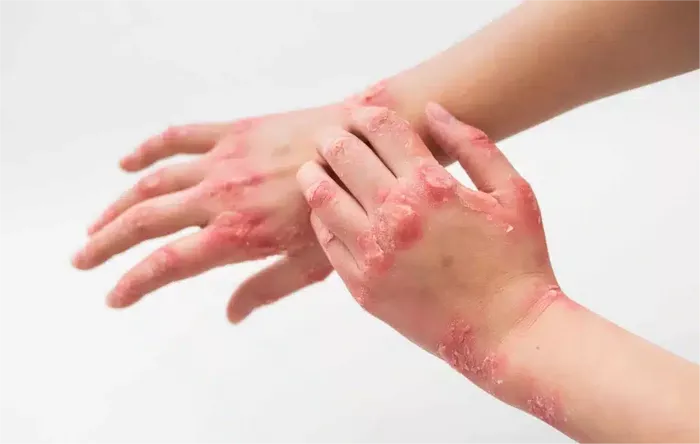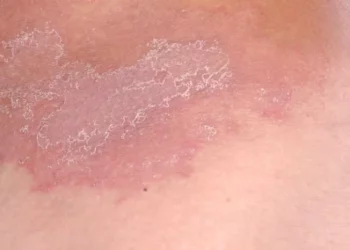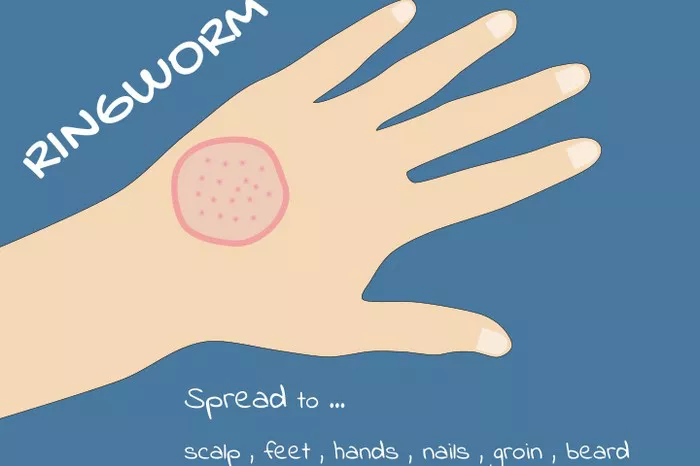Fungal infections are a common nuisance that many individuals encounter at some point in their lives. Among the plethora of fungal infections, two notorious culprits often cause confusion: ringworm and athlete’s foot. While both conditions share similarities in symptoms and are caused by fungi, there are distinct differences between the two. Understanding these disparities is crucial for accurate diagnosis, effective treatment, and prevention.
The Fungal Culprits: Understanding Ringworm and Athlete’s Foot
Before delving into the comparison, it’s essential to comprehend the nature of the fungal organisms responsible for these infections.
Ringworm, despite its name, is not caused by a worm but by a group of fungi known as dermatophytes. These fungi thrive in warm, moist environments and can infect the skin, scalp, and nails. The most common dermatophyte species responsible for ringworm infections include Trichophyton, Microsporum, and Epidermophyton.
Athlete’s foot, medically termed tinea pedis, is also caused by dermatophyte fungi. However, the specific species involved in athlete’s foot infections often differ from those causing ringworm. Trichophyton rubrum and Trichophyton mentagrophytes are the predominant culprits behind athlete’s foot, although other dermatophyte species can also be involved.
Spotlight on Symptoms: How Ringworm and Athlete’s Foot Manifest
Despite being caused by different fungal species, ringworm and athlete’s foot share several common symptoms, leading to their frequent confusion.
Ringworm typically presents as a circular or ring-shaped rash on the skin. The affected area may be red, scaly, and itchy, resembling a worm’s shape—hence the name “ringworm.” It can occur on various parts of the body, including the scalp (tinea capitis), body (tinea corporis), groin (tinea cruris), and feet (tinea pedis).
On the other hand, athlete’s foot primarily affects the skin between the toes but can also spread to the soles and sides of the feet. Symptoms include redness, itching, burning sensation, cracking, and peeling of the skin. In severe cases, blisters and ulcers may develop, leading to discomfort and pain.
Differentiation: Distinguishing Between Ringworm and Athlete’s Foot
While ringworm and athlete’s foot share common symptoms, several factors can help differentiate between the two conditions.
1. Location of the Infection: Ringworm can affect various parts of the body, whereas athlete’s foot specifically targets the feet, particularly the spaces between the toes.
2. Appearance of the Rash: Ringworm often forms a distinctive circular or ring-shaped rash on the skin, whereas athlete’s foot may cause redness, scaling, and itching between the toes, with less defined borders.
3. Extent of Itching: Although both conditions can be intensely itchy, the severity and distribution of itching may vary. Athlete’s foot tends to cause more intense itching, especially between the toes.
4. Response to Treatment: While over-the-counter antifungal medications can effectively treat both ringworm and athlete’s foot, the response to treatment may differ. Ringworm infections typically respond well to topical antifungal creams, whereas athlete’s foot may require additional measures such as keeping the feet dry and wearing breathable footwear.
Prevention Strategies: Keeping Fungal Infections at Bay
Prevention plays a crucial role in avoiding the discomfort and inconvenience associated with fungal infections like ringworm and athlete’s foot. Here are some practical tips to reduce the risk of infection:
1. Practice good hygiene: Regularly wash and dry the affected areas, especially the feet, to keep them clean and free from moisture.
2. Wear breathable footwear: Opt for shoes made of natural materials like leather or canvas, which allow air circulation and reduce sweating.
3. Avoid sharing personal items: Refrain from sharing towels, socks, shoes, or other personal items with individuals who have fungal infections to prevent transmission.
4. Keep common areas clean: Disinfect shared surfaces such as gym equipment, shower floors, and swimming pool areas to minimize the spread of fungi.
5. Wear protective gear: In environments where fungal infections are prevalent, such as public showers or locker rooms, wear flip-flops or sandals to protect your feet from coming into direct contact with contaminated surfaces.
Conclusion
In summary, while ringworm and athlete’s foot are both fungal infections caused by dermatophyte fungi, they differ in terms of the specific fungal species involved, the locations they affect, and certain clinical features. Recognizing these distinctions is vital for accurate diagnosis and appropriate management. By understanding the unique characteristics of each condition and implementing preventive measures, individuals can effectively safeguard themselves against the discomfort and inconvenience of fungal infections.
Related Topics:

























